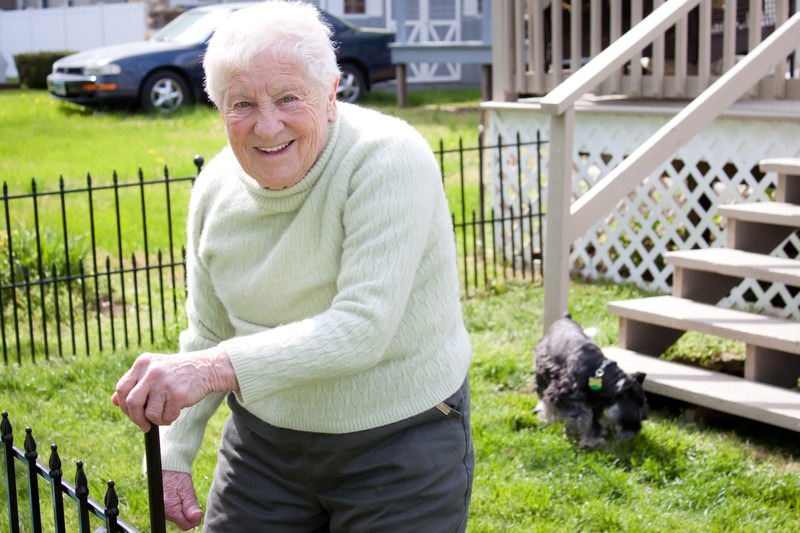Ensure home safety through specialized design and renovations
Identify areas (inside/outside) for modifications to facilitate mobility and accessibility
Executes small jobs and provides recommendations for contractor if necessary
Services
- Replace doorknobs with easier-to-maneuver door levers
- Installation of walk-in bathtubs
- Widening of doors for wheelchairs or walkers
- Adding ramps and handrails for manageable transitions
- Lower/raise kitchen counters and cupboards for better reachability
- Provide design plans for furniture placement to create uncluttered pathways
- Install smooth non-slip flooring surfaces
Specialization
Look for Certified Aging-In-Place Specialists (CAPS) authorized by the National Association of Home Builders.
CAPS certified professionals are:
- trained to identify unsafe/hazardous home elements and offer ideas for creating safer spaces and maximizing independence
- often specialized in a specific area e.g.; wheelchair-friendly spaces, hearing or vision impaired, etc.
Preparation
Check home for problematic features that may disqualify it as a long term option.
- homes with multiple levels, entrance steps and stair cases
- tight entries in and out of specific rooms
- bathtub or shower difficult to maneuver
Some areas may be fine now; will they pose a problem in the future?
Determine how to time/money manage the project:
- which updates are priority
- which ones can wait
- are they independent of each other
- plan for alternative living arrangements for loved ones, if possible
Define a budget to match the plan
Evaluation
Provider qualifications:
- Determine if licensed as a contractor
- If not, someone else may be doing the work
- Clarify qualifications of all providers to be involved
- Number of years experienced in aging in place modifications
- Length of time required to do the home mods; can work be staged
- Inquire about tailoring spaces for loved one’s particular needs
- Get references.
- Inquire about CSA or CAPS Certification















